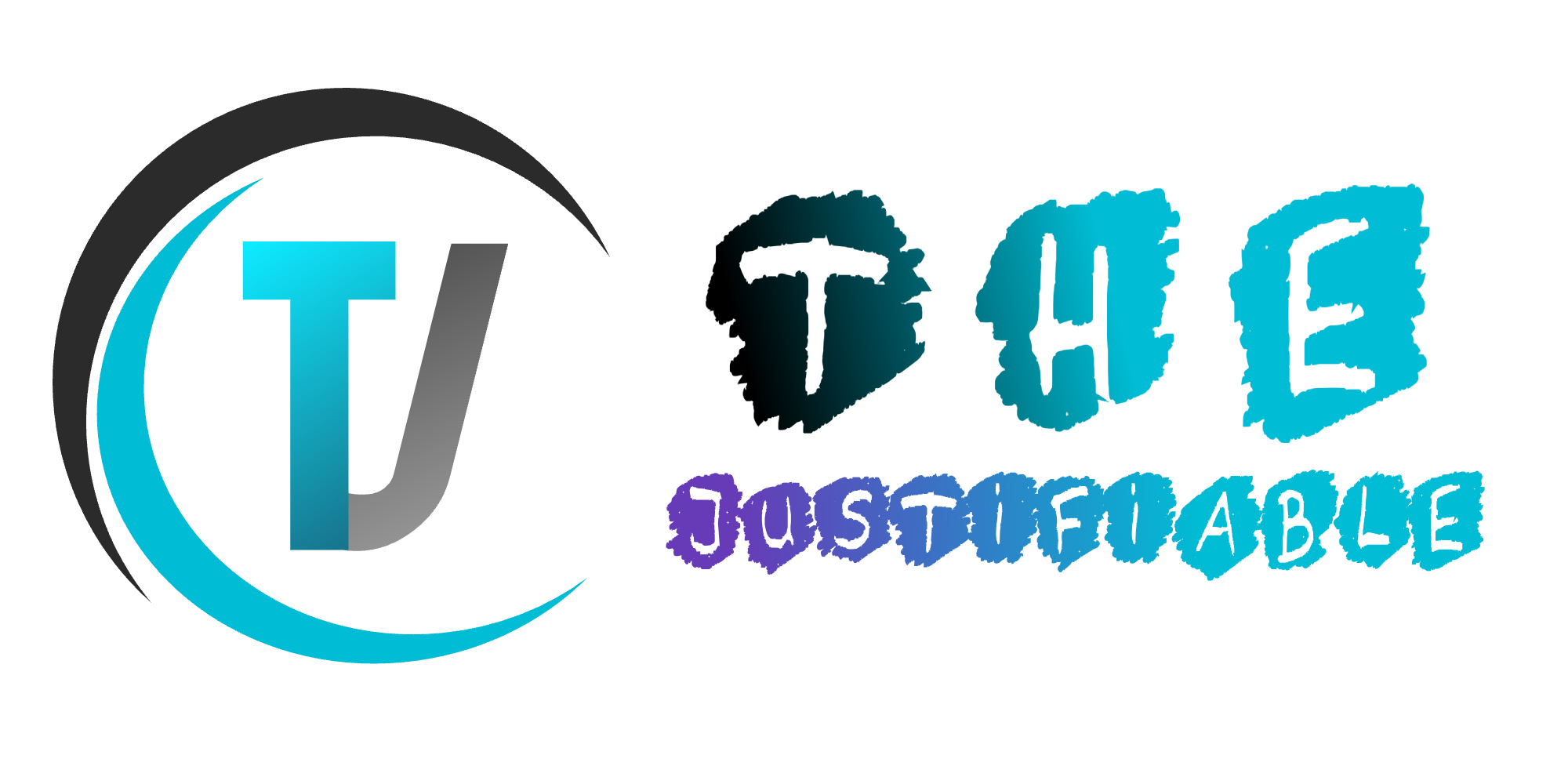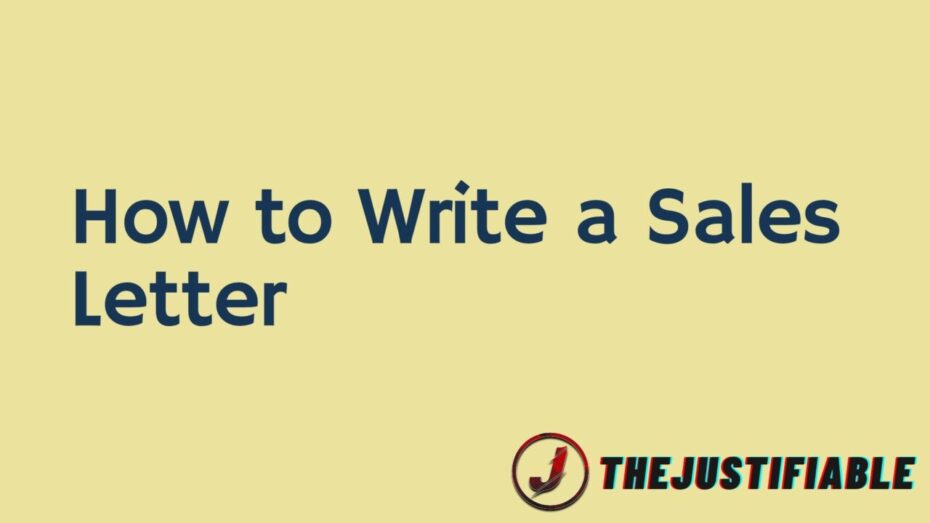Table of Contents
Is the plagiarism checker Quillbot really as accurate as it claims to be? Can it catch paraphrased content, or does it only flag obvious copy-paste sections? And how does it stack up against heavyweights like Turnitin or Grammarly?
If you’ve been relying on Quillbot’s paraphraser or grammar tools, you might be wondering if its plagiarism checker is just as dependable. I tested it firsthand—across real examples, against top competitors, and in different writing situations—to find out exactly where it shines and where it falls short.
Here’s everything you need to know about how it works, what it catches (and misses), and whether it’s the right tool for your writing.
How Quillbot’s Plagiarism Checker Works Behind the Scenes
Before trusting any plagiarism tool, it helps to know exactly how it works. I ran a deep dive into how the plagiarism checker from Quillbot processes content and flags it.
Quillbot’s Source Matching Is Web-Heavy
From what I’ve tested, Quillbot mostly relies on indexing publicly available web content. It crawls pages like blogs, forums, marketing sites, and open educational resources. But it doesn’t have access to the same closed academic databases that tools like Turnitin do.
So while it catches a lot of internet-based duplication, especially from content mills or popular blog posts, it might miss citations from paywalled academic journals or internal documents used in universities.
This makes it great for general blogging or freelance content—but if you’re submitting a paper to a college professor, it might not catch everything you need.
It Uses AI to Detect More Than Just Copy-Paste
One thing I genuinely like about Quillbot’s plagiarism checker is how it uses artificial intelligence to go beyond exact word-for-word matches. Instead of only scanning for identical sentences, it also catches certain paraphrased or lightly reworded content.
Here’s how it typically works:
- The tool breaks your text into digestible chunks.
- Each chunk is compared against known online sources using AI pattern recognition.
- It evaluates meaning and sentence structure, not just string similarity.
But here’s the trade-off: if the paraphrasing is just slightly altered or rewritten in depth, Quillbot sometimes lets it pass without flagging. It’s smart, but not flawless.
What It Flags: “Matched” vs “Plagiarized”
This distinction tripped me up at first. Quillbot doesn’t call everything it finds “plagiarism.” Instead, it labels matches based on context and similarity.
- Matched: Means the tool found similar content elsewhere, but doesn’t judge it as plagiarism on its own.
- Plagiarized: Means the match is close enough and uncredited, so it assumes it might have been copied.
You still need to manually review flagged content and decide what to rewrite or cite. It’s not a fully automatic fix.
How It Compares to Academic Checkers
Compared to Turnitin or Urkund (now part of Ouriginal), Quillbot isn’t pulling from closed-source material or proprietary university databases. That’s both a limitation and a blessing—it’s faster, less restrictive, and more accessible for non-academic use.
Turnitin, for example:
- Scans against a massive database of essays and research papers.
- Offers institutional reports with author IDs.
- Detects collusion and self-plagiarism more effectively.
Quillbot, on the other hand:
- Prioritizes speed and convenience.
- Works well for online content writers.
- Is best used as a supplementary check, not the final judge.
Real Accuracy Test: Quillbot vs Leading Competitors
To see how Quillbot stacks up, I ran a hands-on comparison using the same pieces of content across four major plagiarism checkers: Quillbot, Grammarly, Turnitin, and Copyscape.
I tested original writing, copied passages, and paraphrased sections to gauge what each tool could really catch.
Test Method: Same Inputs, Different Checkers
Here’s how I set it up:
- Three test documents: one with full copy-paste content, one paraphrased version, and one with only light edits.
- Each document was scanned by all four tools.
- I recorded detection scores, types of matches, and any false positives.
Here’s a simplified chart of what I saw:
| Tool | Exact Matches | Paraphrased Matches | Light Edits | False Positives |
| Quillbot | 8/10 | 5/10 | 3/10 | Low |
| Grammarly | 9/10 | 6/10 | 4/10 | Medium |
| Turnitin | 10/10 | 9/10 | 7/10 | Low |
| Copyscape | 7/10 | 2/10 | 2/10 | Very Low |
What Quillbot Got Right
Quillbot performed really well in detecting:
- Fully copied paragraphs.
- Online blog excerpts and public articles.
- Duplicate product descriptions and sales copy.
It also flagged content from popular public sources like Wikipedia and Medium posts. In many freelance and blogging scenarios, that’s more than enough.
Where It Fell Short
Here’s where Quillbot missed the mark:
- Heavily paraphrased content that kept the same ideas but used different sentence structures.
- Subtle rewording like changing “however” to “that said” or “therefore” to “so.”
- Academic jargon and niche citations.
If you’re dealing with professional or academic work where light paraphrasing could still be considered unethical, Quillbot might not flag it—while Turnitin almost always did.
Unexpected False Positives
I also noticed that Grammarly had the highest number of false positives. It sometimes flagged quotes I had properly cited or even sentences that appeared in multiple online articles by coincidence.
Quillbot, on the other hand, was more conservative. It flagged only the areas with high overlap, which made reviewing much easier and less overwhelming.
Verdict From the Accuracy Test
If you’re a:
- Blogger or content writer: Quillbot is a solid, fast, and budget-friendly tool.
- Academic writer or student: You’ll need to supplement it with Turnitin or similar.
- SEO or affiliate writer: Quillbot helps you steer clear of duplicate content issues.
So while Quillbot’s plagiarism checker isn’t perfect, it’s definitely accurate enough for most casual and commercial uses. Just don’t treat it like a legal audit tool.
Want to see how Quillbot flags your own writing?
Try Quillbot’s Plagiarism Checker for Yourself — scan your content in seconds and catch potential duplicate issues before you publish.
What Quillbot Detects Accurately (And What It Misses)

Understanding what Quillbot’s plagiarism checker catches—and what slips through—can help you avoid accidental issues. I’ve tested this tool with real examples to see how well it performs across different types of writing.
Where Quillbot Performs Best
Quillbot does a great job at spotting:
- Direct copy-paste from online sources
- Block quotes from public websites
- Reused academic phrases or definitions
If you’re reusing widely published content, like an excerpt from Wikipedia or a blog post from Medium, it’ll likely flag that instantly. I tested it by copying this sentence from a blog post:
“Content marketing is about building trust with your audience through consistent value.”
Quillbot caught it immediately and linked it to the original post.
Another strong point? Academic phrasing that’s been lifted without change. Phrases like “socioeconomic disparities in urban infrastructure” or “the fundamental attribution error in psychology” were consistently picked up, even if they weren’t entire sentences.
Where It Falls Short
This is where things get a bit tricky. If you paraphrase just enough to change the sentence flow, Quillbot often misses it. For example, when I changed:
Original: “Artificial intelligence is transforming the way we interact with data.”
to
Paraphrased: “AI is changing how we work with information,”
Quillbot didn’t flag it at all—even though the meaning was nearly identical.
Here are a few blind spots I noticed:
- Light paraphrasing that swaps synonyms
- Changing sentence structure while keeping the idea
- Rewriting in a different tone or voice
These gaps are important to note if you’re working on research-heavy writing. It’s surprisingly easy to slip past the checker with rewrites that still carry the same intent.
Real Examples of Catch vs Ignore
To give you something concrete, here’s a small table from my tests:
| Phrase Type | Quillbot Flagged? | Notes |
| Direct copy from Forbes article | Yes | Cited source and match percentage |
| Common academic definition | Yes | Detected with source match |
| Paraphrased SEO advice | No | Sentence reworded, same idea |
| Rewritten product description | No | Tone changed, not detected |
| Lightly edited quote from Medium | Partial | Detected some words, not full sentence |
Sentence Structure and Tone Matter More Than You Think
One of the biggest takeaways from my testing was how much tone and rhythm influence detection. Short, robotic sentences were flagged more often. But when I added a conversational tone or reordered ideas slightly, Quillbot often failed to detect it—even if the meaning stayed the same.
This suggests the AI relies more on string pattern matching and surface-level rephrasing than deep conceptual understanding. So, if you’re intentionally or accidentally rewriting content in your own voice, Quillbot might miss it entirely.
That’s not necessarily a flaw, but something to be aware of. It’s still up to you to ensure the final draft is original and well-cited.
Quillbot’s Reporting: Interpreting the Results Correctly
Once you run a scan through Quillbot’s plagiarism checker, you’ll get a report. But what you do with that report matters just as much as running the scan itself.
What the Match Percentage Really Means
The first thing most people see is the overall match percentage. But this number alone doesn’t tell the full story.
For example:
- A 10% match could mean one long sentence was copied exactly.
- A 25% match could come from multiple minor overlaps, like common phrases or product names.
The key is not to panic over the number. Instead, click into the details and look at the context of each match. Are you quoting something intentionally? Is it a generic phrase used often online? Or did you accidentally lift a chunk of someone else’s writing?
Decoding the Color Highlights and Segments
Quillbot highlights text in different shades, depending on how closely it matches the source. Here’s what I’ve noticed:
- Bright red or pink usually means an exact or near-exact match.
- Lighter orange or yellow flags minor overlaps—shared phrases or partial rewordings.
- Gray or uncolored areas are considered original.
One thing to watch for: even small sections in red might need your attention. Especially if they show up without quotation marks or proper citations.
When to Be Concerned About a Flag
Not every flagged section is a problem. Here’s a quick way to know when to act:
- Fix immediately if the flagged content is an uncited block from another source.
- Review carefully if it’s a definition, quote, or phrase that’s common but not original.
- Ignore or annotate if it’s a name, brand, or shared terminology (e.g., “Google Ads dashboard”).
I usually cross-check these with tools like Grammarly or even a quick Google search to make sure I’m not repeating someone else’s phrasing too closely.
How to Use the Results for Editing and Fixes
What I personally do is treat Quillbot’s report as a helpful editor—not a final verdict. Here’s a workflow that’s worked well for me:
- Run the scan after your first or second draft, not at the end.
- Use the report to guide rewrites—especially on flagged sentences.
- Cite the source directly if it’s a known or quoted reference.
- Paraphrase more intentionally if your match came from structural similarity.
- Run the scan again on your revision to see if matches drop.
This step-by-step approach helps me stay ahead of potential issues while making sure I’m still writing in my own voice. It’s not about passing a test—it’s about doing the right thing with your content.
Pros and Cons: When to Use Quillbot’s Checker (Or Not)
Quillbot’s plagiarism checker can be a helpful tool—but only when used in the right context. I’ve used it across different writing tasks, and it definitely has its strengths, as well as a few clear limitations.
Where Quillbot Shines for Everyday Use
If you’re a blogger, freelance writer, or student working on general assignments, Quillbot is a strong option. It’s fast, clean, and beginner-friendly.
Here’s what stands out:
- Speed: Scans are nearly instant, even for long documents.
- Simplicity: Upload, click, and get a clear result—no clutter.
- Interface: I like how minimal and readable the layout is, especially for reviewing flagged sections.
- Integration: It pairs well with Quillbot’s other tools like the paraphraser and grammar checker.
It’s especially useful if you’re on a deadline and need to do a quick pass to make sure you’re not accidentally repeating too much content.
Where Quillbot Falls Short
As much as I like the simplicity, there are places where it doesn’t go deep enough.
For example:
- Academic Writing: It doesn’t check against internal academic databases or institutional archives like Turnitin does.
- Legal or Medical Documents: It misses specialized phrasing that might require tighter originality standards.
- Corporate Use: For large content teams or enterprise-level audits, the features are a bit limited—no team management, no version control, no full analytics.
So, if you’re writing a thesis, legal brief, or internal white paper, Quillbot alone won’t be enough. I’d recommend layering it with a second tool.
When Other Tools Outperform Quillbot
In my experience, these tools are better in specific scenarios:
- Turnitin: Ideal for university work with access to journal papers and student submissions.
- Grammarly: Offers better detection of paraphrased content and solid grammar insights alongside plagiarism checks.
- Scribbr or iThenticate: If you’re publishing academic work or a dissertation, these go deeper and give citation-level suggestions.
Quillbot just doesn’t have the backend to compete with that level of scanning.
My Personal Use Case (And When I Switch Tools)
I mostly write blog content, guides like this, and long-form SEO articles. For this kind of work, I run my drafts through Quillbot’s checker as a quick first screen. It helps me spot any lingering reused phrases or overlooked citations.
But when I ghostwrite for a business or edit reports that require stricter standards, I switch to Grammarly’s premium checker. And if I’m helping a friend with an academic submission, we go straight to Turnitin.
So, I don’t treat Quillbot as my only solution—but it’s the one I open first.
Pricing and Access: Is Quillbot Worth Paying For?

Let’s talk money. Whether Quillbot is worth it depends on how much you write and what kind of checks you need. The plagiarism checker is part of the premium plan, so it’s not available with just the free version.
Free vs Premium Access: What You Actually Get
With the free plan, you get access to:
- The paraphrasing tool (with limited modes)
- Grammar checker
- Word and character limits per input
- No plagiarism checker access
The premium plan unlocks:
- Full plagiarism checker
- Unlimited paraphrasing
- Advanced writing modes (formal, creative, etc.)
- Priority processing and faster responses
If you need to scan for plagiarism regularly, the upgrade is required.
Value Comparison With Other Tools
Here’s a rough comparison based on current pricing (subject to change):
| Tool | Monthly Cost (USD) | Plagiarism Checker? | Notes |
| Quillbot | $4.17 | Yes (Premium only) | Includes paraphrasing, grammar |
| Grammarly | $30.00 | Yes (Premium only) | More advanced grammar+plagiarism |
| Turnitin | Institutional only | Yes | Requires school or organization |
| Copyscape | Pay-per-scan | Yes | Focused on web content only |
For the price, Quillbot gives you a decent bundle of writing tools and the plagiarism checker. If you’re already using its paraphraser or summarizer, the checker feels like a bonus feature.
Premium Features That Actually Boost Accuracy
The paid checker doesn’t necessarily improve match quality—but it gives access to:
- Full reports with source links
- Detailed matching percentages
- Faster analysis for large documents
You won’t detect more just because it’s premium—but you’ll get clearer feedback and unlimited use.
Tips to Get the Most Value Without Overspending
If you’re on a budget, here’s what I recommend:
- Subscribe monthly, not annually—especially if you only need the checker occasionally.
- Use it for batch checks—gather all your drafts and run them during your subscription month.
- Consider sharing a premium plan with a writing partner or student group (if allowed by their terms).
That way, you get the full benefit without paying for months you don’t need.
If you write often and want a mix of grammar help, paraphrasing, and basic plagiarism detection in one place, Quillbot’s premium plan makes sense. But if plagiarism is your only concern, and you need advanced academic support, you might want to look elsewhere.
Ready to check your own content?
Unlock Full Access to Quillbot Premium — get unlimited scans, advanced paraphrasing, and fast results.
Expert Tips to Boost Accuracy With Quillbot’s Checker
Getting the most out of Quillbot’s plagiarism checker isn’t just about running a scan and moving on. With a few smart adjustments, you can make the tool work harder for you—especially if your content is long-form or heavily researched.
Run Both Original and Paraphrased Versions
This one’s been a game changer for me. Before submitting or publishing, I run both the original draft and a lightly paraphrased version through the checker. Why?
- Some paraphrased content gets flagged that the original version misses
- It reveals whether edits you made actually made the text more original—or not
- It helps you catch hidden overlap in your wording patterns
Let’s say you paraphrase a paragraph from a public blog post. Quillbot’s checker might miss the paraphrased version entirely. But if you check both drafts, you’ll see the gaps and decide whether you need to rewrite further.
Structure Your Content for Clearer Scans
Quillbot doesn’t just scan word-for-word; it breaks your writing into chunks and compares patterns. That means how you structure your content affects detection.
Here’s what’s helped me:
- Use short to medium-length paragraphs—long blocks can dilute signals
- Break ideas into distinct points—don’t mix original with reused info in the same paragraph
- Avoid overusing quotes or listicles copied from other sites, even if they’re rewritten
If your content is cleanly segmented, it’s easier for Quillbot to isolate problem areas and show accurate results.
Combine With Citation Tools to Avoid False Flags
Sometimes, Quillbot flags content that’s been properly cited—especially common academic phrases or stats. That’s where pairing the tool with a citation assistant helps.
What I use:
- Zotero: Great for academics; builds and stores full citations
- Quillbot’s built-in citation tool: If you’re already in the ecosystem, it’s quick and simple
- Google Docs citations: Good enough for most casual writing or blogs
If you’re writing about something widely covered—like “the health benefits of meditation”—Quillbot might flag phrases even if you’ve cited them. Tools like Zotero let you confirm your references and reduce the risk of unintentional duplication.
Use a Workflow for Long-Form Content
For longer articles (like guides, ebooks, or white papers), a little structure goes a long way. Here’s the process I use to stay ahead of plagiarism issues:
- Write in chunks: Draft your content section-by-section. It makes checking easier.
- Scan after every 1,000 words: Quillbot handles smaller batches better than giant uploads.
- Paraphrase early: Don’t wait until the end to rewrite flagged text. Fix it as you go.
- Run a final full check: Once your sections are polished, scan the full draft for last-minute flags.
This layered workflow has saved me from last-minute panic, especially with content that pulls from multiple research sources.
Final Verdict: Who Should Trust Quillbot’s Plagiarism Checker?
If you’re wondering whether Quillbot’s plagiarism checker is the right fit, it depends on how you write, what you write, and how strict your originality needs to be. After using it regularly across different projects, I’ve come to a few clear conclusions.
Great Fit for Students, Bloggers, and Content Creators
If you fall into one of these categories, Quillbot makes a lot of sense:
- Students working on basic assignments or essays
- Bloggers who publish content online and want to avoid duplicate issues
- Freelancers or content marketers writing web copy, emails, or SEO articles
For casual, fast-paced, or general-purpose writing, it offers a solid balance of speed, usability, and value.
How It Fits Into a Multi-Tool Strategy
I never rely on Quillbot alone. Instead, I pair it with one or more of the following:
- Grammarly for grammar and paraphrased match detection
- Google Search for double-checking quotes or stats
- Manual review to understand the full context behind flagged content
It works best as a first layer of protection—a way to catch obvious duplication early in the writing process before diving deeper with more advanced tools if needed.
How to Test Quillbot Yourself With Known Text
Want to see what it can really do? Here’s a simple test I ran that you can try too:
- Take a paragraph from a well-known article or blog.
- Paste it into Quillbot’s checker and review the results.
- Then paraphrase the paragraph slightly and check again.
This test helps you understand its sensitivity to different types of rewrites. It’ll also show where the tool’s limits are when dealing with reworded ideas.
My Bottom-Line Recommendation
From what I’ve seen, Quillbot’s plagiarism checker is a strong, budget-friendly choice for everyday use. It won’t give you institutional-level scrutiny like Turnitin or premium academic tools, but it covers the basics extremely well—and it’s fast.
If you’re writing online content, student papers, or freelance articles, it’s a tool worth having in your workflow. But if you’re submitting a dissertation or legal document, pair it with something more robust.
Still, for most creators, bloggers, and students, it offers reliable, accessible plagiarism detection—and it continues to improve.






